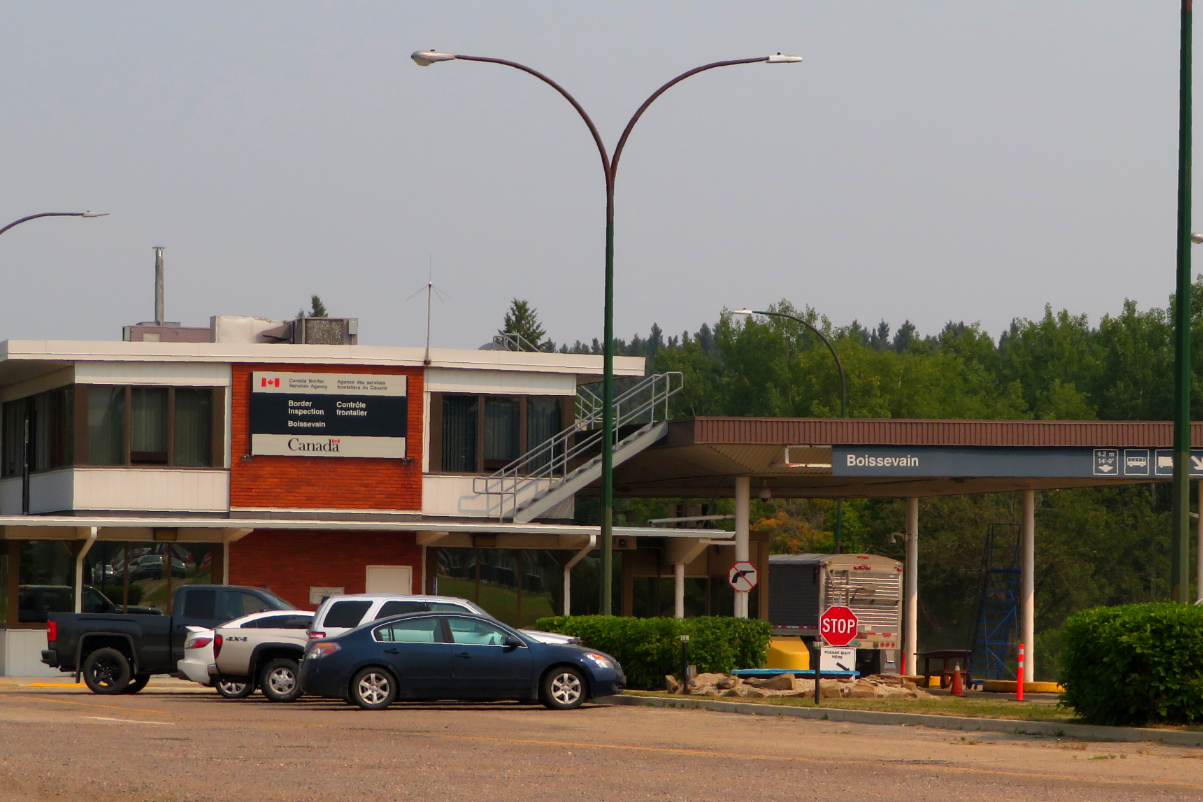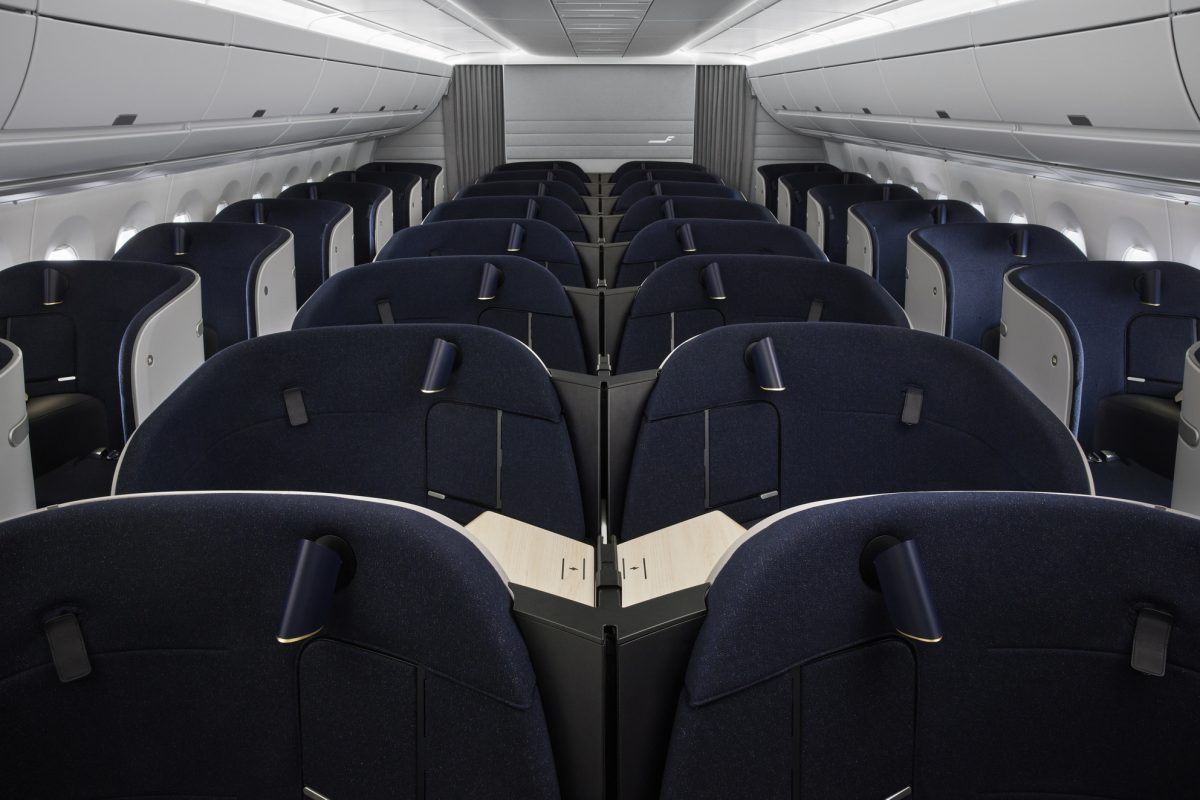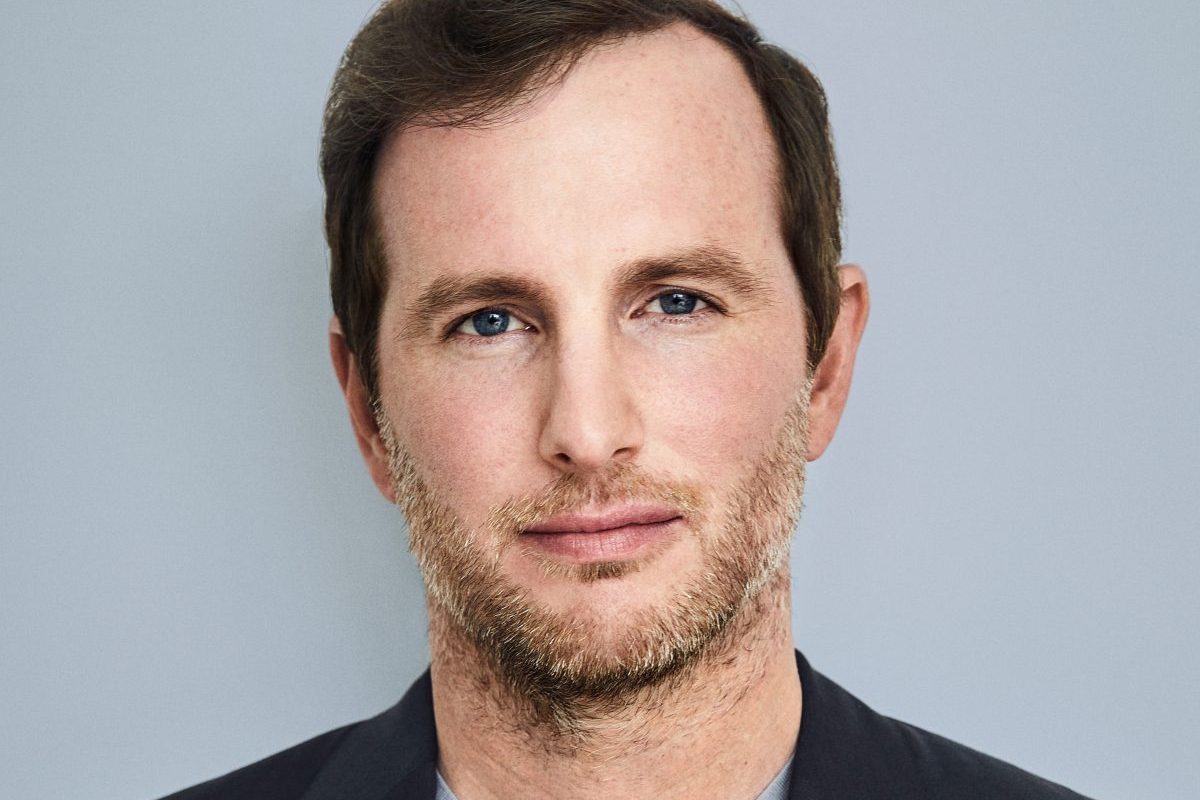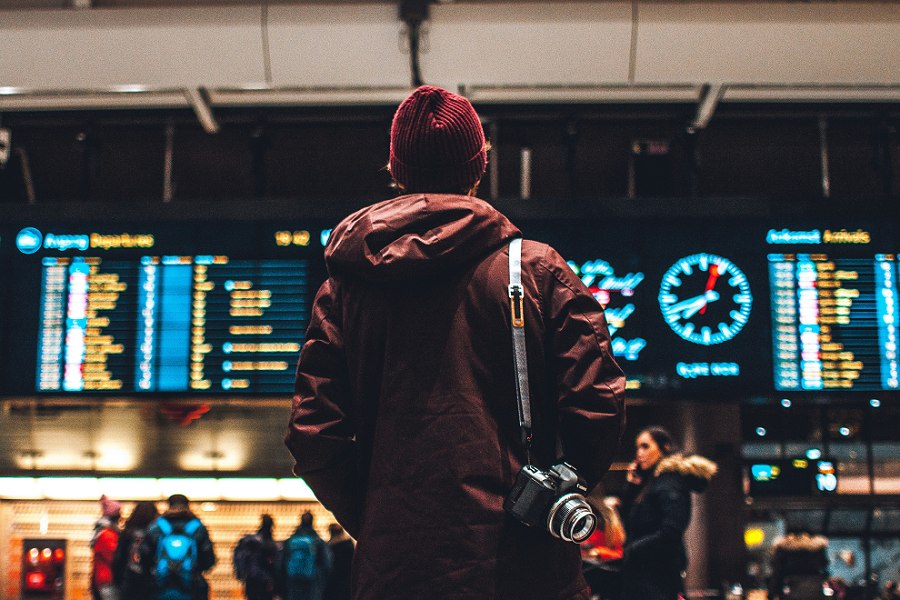Downtown 2.0: How One City Revamped Its Urban Core and Reshaped What Meetings There Can Be
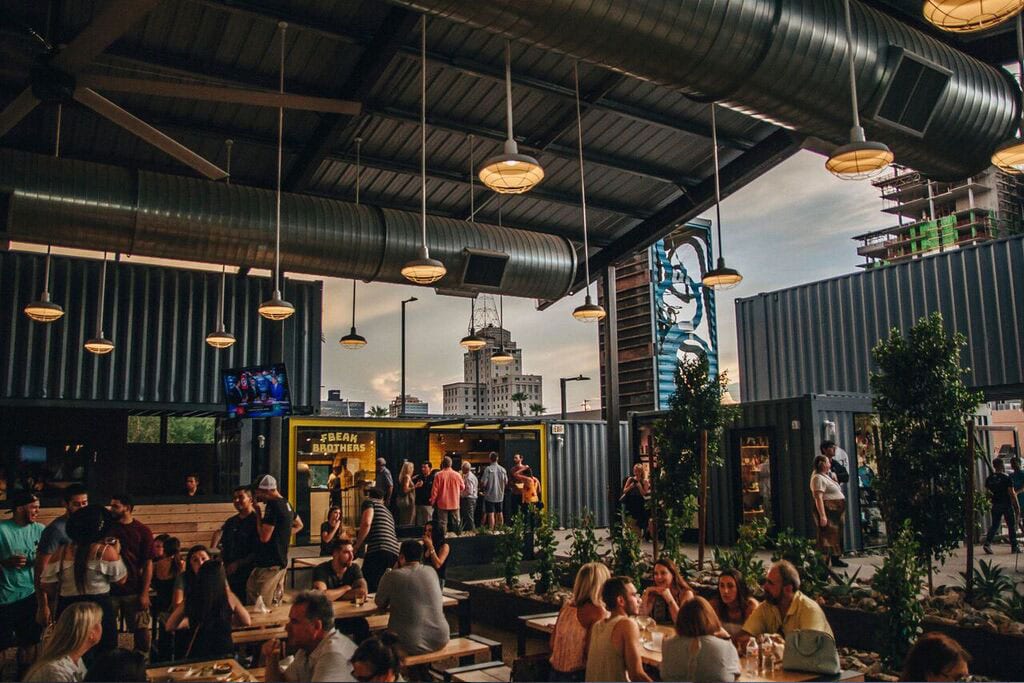
Skift Take
This sponsored content was created in collaboration with a Skift partner.
Today’s business travelers and meeting attendees are a demanding bunch. They’ll happily jet off to events and work around the clock, studies show, but they’re more likely than ever to ask for a few days to themselves at the start or end of a trip. Millennials in particular think the chance to add personal days to a work itinerary is a critical perk, according to a recent Hilton survey of the group. All of which explains why destinations are hustling to not only improve their meeting facilities but everything from their pedestrian infrastructure to their nightlife venues to encourage attendees keen to engage with locals and bake leisure into their business trips.
Cities across the U.S. are attracting this crowd with mixed-use developments and neighborhood building efforts intended to improve both visitor experience and local quality of life. Among them is Phoenix, Arizona, already the fifth-largest city in the U.S., where much of the most exciting action is in the sometimes-overlooked downtown, which in recent years has undergone a full on transformation.
“Things are happening really fast,” said Cindy Dach, a community leader who’s lived downtown for more than 20 years. Her shop, Made Art Boutique, which stocks local work and hosts events, opened downtown in 2005, before the latest surge of interest in the district. Today? “It is mind-blowing — you see people on the streets when two years ago nobody was walking downtown.”
More recently, two young Phoenix entrepreneurs, Hartley Rodie and Kell Duncan were just starting work on their newest project. The idea of doing something in buzzy, student-filled Tempe felt like the right play. But after the pair visited a vacant lot downtown — on its face, not exactly a promising fertile ground for growth — they knew the corner of North First and East Garfield would be the place.
“People sometimes think the Phoenix metro area lacks culture,” Rodie said. “But I think there's a lot in the Roosevelt District [of downtown]. It has a lot of soul. And people who live in that area are very passionate about it and they're passionate about supporting local businesses.” That was the key motivator for the pair to open The Churchill, a mixed-use development that’s one part local food hall, one part small-business incubator, and one part community gathering space, earlier this year.
While the new project didn’t come easy — “We didn’t really know what to expect,” Rodie said — they’ve now found their footing in one of Phoenix’s most interesting and most rapidly developing neighborhoods. “We're seeing people all ages and walks of life come in to enjoy the space,” Rodie said. “We see a lot of families in the mornings. We see a lot of business [people] at lunch and at happy hour. And a lot of grad students in the evening. You name it, we get everyone, which has really, really been fun for us to see.”
It’s also almost surely a bit of a surprise — particularly to anyone who may not have visited Phoenix recently. “We've literally created a neighborhood that hasn't existed since really the 1950s or ‘60s,” said Dan Klocke, Executive Director and Vice President of Development for Downtown Phoenix Partnership.
“We’re a 50-year overnight success,” Dach said. “Density has become the vision — and that’s what’s important.”
Why Urban Development Matters to Meeting Planners
“What's happening in downtown is nothing short of a revolution," one local historian told the Arizona Republic, which recently reported on the massive, decades-long transformation of downtown. The scale of the change is hard to overstate: In the last ten years, downtown has added millions of square feet of retail, residential, and office space as well as doubling, to nearly 200 restaurants, the number of places to eat and drink in the heart of the city.
Beyond The Churchill — already a hive of activity — other neighborhood newcomers include Paz Cantina (a restaurant and event venue), Rott n' Grapes (wine bar and restaurant with a hidden basement bar), State 48 Brewery, and The Van Buren (a music and private events venue). Coming soon are Arizona Wilderness Brewing Co. and Hidden Kitchen.
“Probably in the next seven months, there's gonna be another five places within a few blocks, too,” said Rodie.
All the development isn’t happening in a vacuum: The Phoenix Convention Center is one anchor of the neighborhood, with nearly 900,000 square feet of flexible event space, including 312,500 square feet of contiguous exhibit space after a 2008 expansion. Other draws include Chase Field, Talking Stick Resort Arena, a downtown campus of Arizona State University, which opened in 2006 and has expanded since, plus the institute's Thunderbird School of Global Management, which moved downtown this year. (More on that last one below.) In fact, downtown has seen more than $5 billion in infrastructure investments in the last ten years. Other points of interest nearby include the Phoenix Biomedical Campus and the Warehouse District, as Skift reported earlier this year. The Valley Metro light rail system, which already serves downtown as well as outlying areas, is slated for a series of expansions in the coming years.
Now, what could be called stage two of that development story is well underway: CityScape, a mixed-use development that first opened in 2010, is planning to open a new extension called Block 23 in 2019. That add-on will bring new residential and retail as well as a grocery store and other amenities that are making downtown more liveable for locals and visitors alike.
“It’s really the full package you’d have in any great urban neighborhood,” said Klocke. “You can work here, you can visit, have fun, eat, drink. So you can live here now. It has truly come together.”
Now, the focus is on the details — and on further fine-tuning the vibe. “In the last two and a half years, we've really really focused on just massive tree plantings, public art, and really knitting together all of the different restaurants and bars and music venues that are there with a comfortable walking environment,” said Klocke. “We don't want people to have to be in a car here.”
A Multi-Decade Campaign, Now Paying Dividends for Visitors
The genesis of the downtown revolution started roughly 30 years ago, but it’s gone into overdrive in the past couple of years, thanks in part to continued investment by ASU, which has already leased a considerable amount of additional space in the neighborhood for its Thunderbird School of Global Management. More than 3,800 hotel rooms are now available downtown, a significant increase from even just a few years ago. Another 600 are “in pre-development or construction,” Klocke said. And thousands of more units of residential housing is also in the works. (While that may not seem like a draw for meeting attendees, some of those units will will almost certainly be available on home-sharing sites and spur additional infrastructure improvements and restaurant openings in the neighborhood.)
“When my husband and I got here [in 1997], you had City Hall, one sports arena, but then vacant lot, vacant lot, vacant lot,” said Dach. Now, “we’ve got a lot of density, we have people walking around at night, during the day, and we have people living downtown. That’s really nice.”
With all the momentum, meeting planners will want to keep an eye on all the after-hours options available outside the convention center. To that end, Visit Phoenix has doubled down on its efforts to help planners and travelers know what to expect when they arrive, sharing Downtown Phoenix Inc.'s Weekly Insider newsletter and their "What's Happening" Guide, a weekly guide to events in the neighborhood. Visit Phoenix also works with meeting planners to understand the needs and interests of their attendees and provides targeted content recommendations, including affordable dining options, must-see attractions and downtown hot spots to help create buzz about the city ahead of an event. Additionally, a mobile visitor information center can be set up inside the convention center, where staff can make personalized recommendations for attendees.
There’s so much going on that even suburbanites who live in the region are shocked to see how much is changing so fast, said Sara Scoville-Weaver of Downtown Phoenix, Inc. “We hear it from visitors who maybe haven't been down here themselves in years. And they say, ‘Wow, this is completely different from the way it used to be.’”
Not that it’ll stay that way long. “If you came even just two years ago, your experience would be vastly different than it would be today,” said Rodie. “And if you come six months from now, it’ll be vastly different again. It’s very quickly evolving.”
This content was created in collaboration with Visit Phoenix and published by Skift’s branded content studio, SkiftX.

